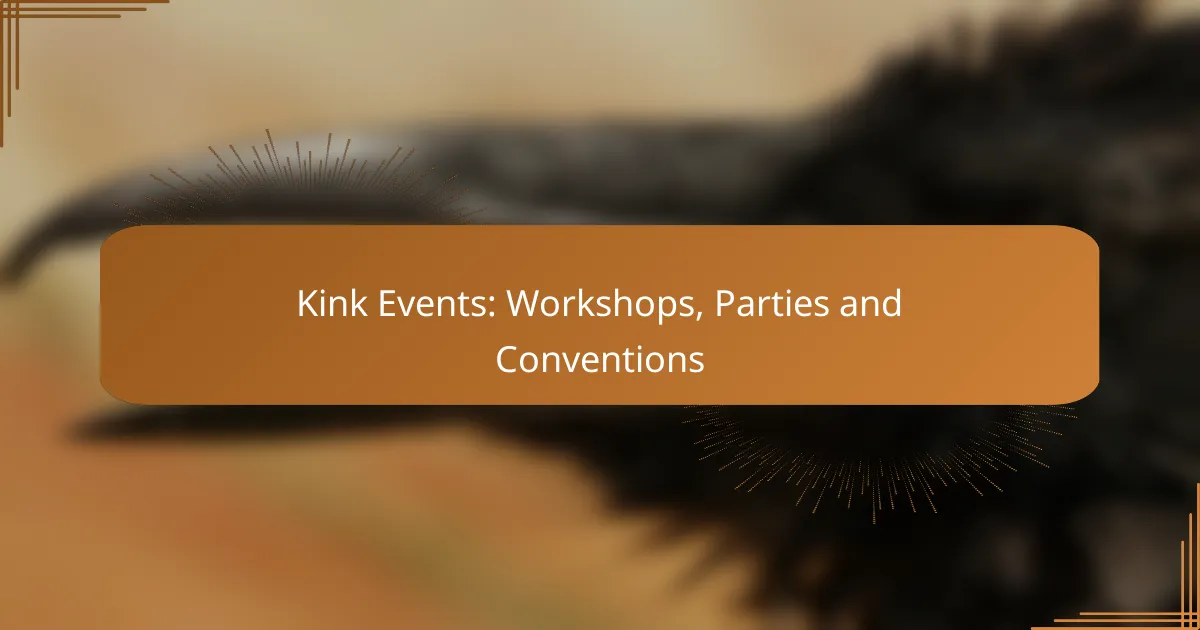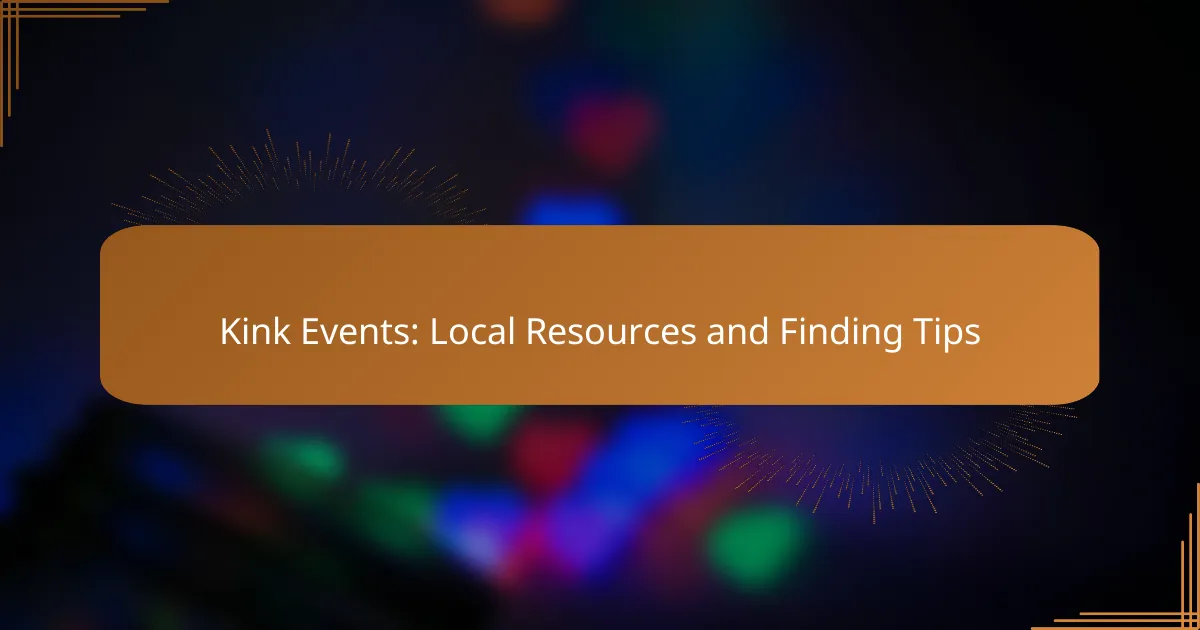[censured] gatherings provide a unique space for individuals to explore their interests while prioritizing consent, communication, and respect. Understanding the etiquette and conduct expected at these events is essential for fostering a safe and welcoming environment for all participants. Whether attending workshops, social meetups, or play parties, being mindful of community values enhances the experience for everyone involved.
![What are the key etiquette rules for [censured] gatherings?](/wp-content/uploads/what-are-the-key-etiquette-rules-for-[censured]-gatherings-1.webp)
What are the key etiquette rules for [censured] gatherings?
Key etiquette rules for [censured] gatherings focus on consent, communication, respect, and safety. Adhering to these principles ensures a positive and respectful environment for all participants.
Consent is mandatory
Consent is the cornerstone of any [censured] gathering. All participants must give clear, informed, and enthusiastic consent before engaging in any activities. This means discussing limits, desires, and safe words beforehand.
It’s crucial to understand that consent can be revoked at any time. Always check in with your partner(s) during scenes to ensure everyone remains comfortable and willing to continue.
Communication is essential
Open and honest communication is vital in [censured] settings. Participants should discuss their interests, limits, and boundaries prior to any activities. This helps to build trust and ensures that everyone is on the same page.
Utilizing tools like pre-scene negotiations and aftercare discussions can enhance the experience. Make sure to express any concerns or feelings both before and after the gathering to foster a supportive atmosphere.
Respect personal boundaries
Respecting personal boundaries is crucial in [censured] gatherings. Each individual has their own limits and comfort levels, which must be acknowledged and honored. Never pressure someone to engage in activities they are not comfortable with.
Be attentive to body language and verbal cues. If someone appears hesitant or uncomfortable, it’s essential to pause and check in with them to ensure their well-being.
Dress codes may apply
Many [censured] gatherings have specific dress codes that participants are expected to follow. These can range from casual attire to more elaborate costumes or fetish wear. Adhering to the dress code shows respect for the event and its organizers.
Before attending, check the event details for any guidelines regarding attire. Wearing appropriate clothing not only enhances the atmosphere but also helps participants feel more comfortable and immersed in the experience.
Safe words should be established
Establishing safe words is a critical aspect of [censured] etiquette. Safe words allow participants to communicate their comfort levels during scenes and can be used to pause or stop activities if needed. Common choices include “red” for stop and “yellow” for slow down or check in.
Ensure that everyone involved knows and agrees on the safe words before starting any activities. This practice promotes safety and trust, allowing participants to explore their limits while feeling secure.
![How to conduct oneself at [censured] events?](/wp-content/uploads/how-to-conduct-oneself-at-[censured]-events-2.webp)
How to conduct oneself at [censured] events?
Conducting oneself appropriately at [censured] events involves understanding the community’s values of consent, respect, and safety. Participants should be aware of their actions and interactions, ensuring they contribute positively to the environment.
Be respectful to all participants
Respect is fundamental in [censured] gatherings. This means acknowledging personal boundaries and preferences, regardless of someone’s experience level. Always ask for consent before engaging with others, whether physically or emotionally.
Additionally, avoid making assumptions about others’ interests or limits. Each participant has their own comfort zones, and respecting these is crucial for a safe and enjoyable experience for everyone involved.
Engage in active listening
Active listening is essential in [censured] events to foster clear communication and understanding. Pay close attention to what others are saying, and show that you value their input by responding thoughtfully. This helps build trust and rapport among participants.
When discussing boundaries or preferences, repeat back what you’ve heard to confirm understanding. This practice not only clarifies intentions but also demonstrates respect for the other person’s perspective.
Participate only if invited
Participation in [censured] activities should always be consensual and invited. If you wish to engage in a scene or activity, ensure that you have received explicit permission from all involved parties. This maintains the integrity of consent that is vital in the [censured] community.
Should you be interested in observing or learning, ask if it’s acceptable to watch before doing so. This approach shows respect for the privacy and comfort of those participating in the activities.
![What are the common types of [censured] gatherings?](/wp-content/uploads/what-are-the-common-types-of-[censured]-gatherings-3.webp)
What are the common types of [censured] gatherings?
Common types of [censured] gatherings include workshops, social meetups, and play parties. Each type serves a unique purpose, catering to different interests and levels of experience within the [censured] community.
Workshops and educational events
Workshops and educational events focus on teaching skills, safety, and techniques related to [censured] practices. These gatherings often feature experienced practitioners who share their knowledge on topics such as [censured], impact play, and consent.
Participants can expect hands-on demonstrations and opportunities to ask questions. It’s advisable to check the event’s prerequisites, as some workshops may require prior experience or specific gear.
Social meetups and munches
Social meetups and munches are informal gatherings where individuals interested in [censured] can connect in a relaxed setting, often over food or drinks. These events typically take place in public venues, making them accessible and comfortable for newcomers.
Attendees should be respectful and open-minded, as these gatherings are about building community and sharing experiences. It’s a good practice to engage in conversations about interests and boundaries without pressure to disclose personal details.
Play parties and dungeons
Play parties and dungeons are spaces specifically designed for [censured] activities, where participants can engage in scenes with others who share similar interests. These events often have rules regarding consent, safety, and etiquette that all attendees must follow.
Before attending, familiarize yourself with the venue’s guidelines and bring any necessary gear. It’s crucial to communicate openly with partners about limits and safe words to ensure a positive experience for everyone involved.

What should newcomers know before attending?
Newcomers to [censured] gatherings should prioritize understanding the event’s etiquette and community norms. Familiarizing yourself with these aspects will enhance your experience and ensure respectful interactions.
Research the event beforehand
Before attending a [censured] gathering, it’s crucial to research the specific event. Check the event’s website or social media pages for details on rules, dress codes, and any required waivers or consent forms.
Look for reviews or testimonials from past attendees to gauge the atmosphere and focus of the gathering. This can help you determine if the event aligns with your interests and comfort level.
Understand the community culture
Each [censured] community has its own culture and values, which can vary significantly. Familiarize yourself with common practices, language, and expectations to navigate interactions smoothly.
Pay attention to the importance of consent, safe words, and aftercare within the community. Understanding these concepts will help you engage respectfully and responsibly with others.
Ask questions to experienced members
Don’t hesitate to approach experienced members with questions about the gathering or the community. Most are willing to share insights and advice, which can be invaluable for newcomers.
Consider joining online forums or local groups where you can ask questions and learn from others’ experiences. Engaging with the community before the event can help ease any anxiety and build connections.
![What are the safety protocols at [censured] gatherings?](/wp-content/uploads/what-are-the-safety-protocols-at-[censured]-gatherings-5.webp)
What are the safety protocols at [censured] gatherings?
Safety protocols at [censured] gatherings are essential to ensure a secure and respectful environment for all participants. These protocols typically include the availability of first aid kits and the sharing of emergency contacts among attendees.
First aid kits should be available
Having first aid kits readily available at [censured] gatherings is crucial for addressing any potential injuries or health issues that may arise. These kits should contain basic supplies such as bandages, antiseptic wipes, and any necessary medications.
Event organizers should ensure that the first aid kits are easily accessible and that at least one person on-site is trained in basic first aid. Regular checks on the kits to replenish supplies can help maintain readiness in case of emergencies.
Emergency contacts should be shared
Sharing emergency contacts among attendees is a vital safety measure at [censured] gatherings. This practice allows participants to quickly reach out for help if an urgent situation arises, whether it’s a medical emergency or a personal safety concern.
Organizers can facilitate this by creating a secure list of emergency contacts that includes local medical facilities, event staff, and trusted individuals. Participants should be encouraged to share their own emergency contacts with trusted peers to enhance overall safety.



